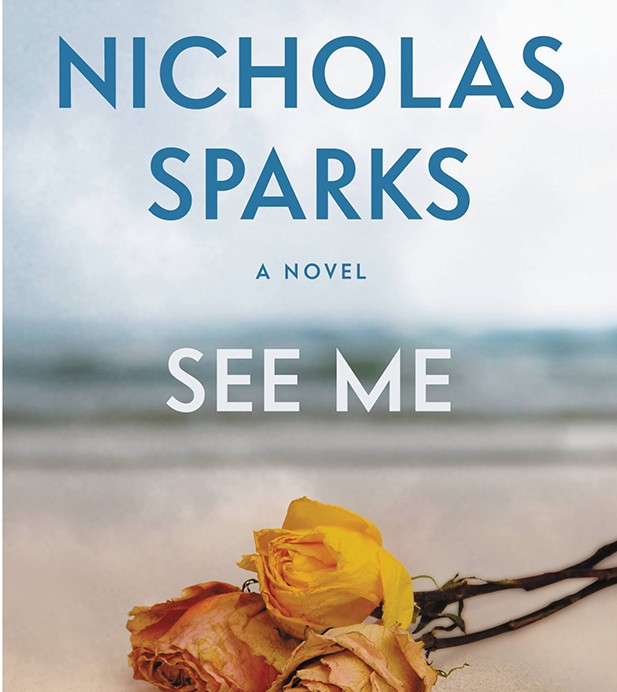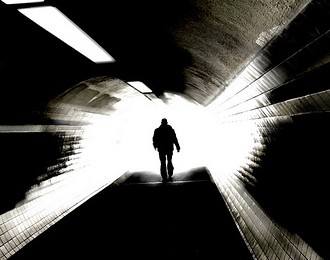Endings That Spark Beginnings
I covered scene beginnings and middles over the last few weeks, so let’s look at endings. Just like beginnings, endings carry a special burden. The reader must be left with a feeling, like an aftertaste. So you need to stop and think. Just what feeling do you want the reader to have? Shock, sadness, warmth, confusion, curiosity? You want to keep in mind that the basic storytelling structure for a novel is action—reaction—action—reaction.
Too many scenes end with a character experiencing something and then . . . it ends. We need to see how the character reacts to what has just happened. You don’t have to do this every time, and in some genres where plot is king (suspense/thrillers), you may often end with the building exploding and you have no idea if your character just died. But as a general rule, you want to be with your character and see their reaction, feeling, or response—even if just told in one line—to what has just happened.
Endings Need to Feel Like Endings
A scene ending needs to feel just like that—an ending. There must be a sense of completion, even if the reader is left hanging. I’m not sure how to explain that, but even if the POV character is left confused in the middle of something, the scene itself has to have a feeling of completeness in that the scene wholly accomplished its objective—leading you from one place to another, from one moment to another.
The ending must leave the reader with a sense of anticipation and a desire to read on. Each ending, in essence, should spark a new beginning. That’s accomplished by giving the reader a piece of new plot information, presenting another clue, or revealing something moving or fascinating about the character.
Again, moments don’t need to be big. They are powerful and impacting if they contain meaning for your character.
Two Types of Endings
There are basically two types of endings—plot endings and character endings. Plot endings might be cliffhangers or contain a new plot twist or reveal a clue. A character ending is more about insight. The reader now knows something more about your character, or you may have the character thinking about what just happened, or you may have some poignant dialog (even one line) or description (motif or metaphor) that your character ponders.
Think about zooming in like a camera to your character’s thoughts and feelings. Or maybe zoom out to show a larger understanding your character now has for her life or her world. Moments of insight make for powerful endings.
This week, take a look at your scene endings and see if they wrap up the scene like the ending of a good book. If they just stop abruptly, think how you can create either a plot revelation or a character insight to end smoothly and leave the reader wanting more.












Hi Susanne, just catching up on the treasure trove of your insightful posts! I have a finished manuscript(so I thought). Now i will need to start from the beginning and make it interesting from scene 1. Although there is a short prologue, the next thirty pages are guilty of too much back story.what’s the most efficient route to do this?
Thanks
Hi Harry, I would recommend you go through all the posts in the category “Writing the Heart of Your Story” since the blog’s inception in January. The first five months are on the first scene, and there is a bit of info on how to handle back story. Basically you take it all out. Back story is best revealed through your characters via dialogue and internalizing, and only in little bits, like sprinkling seasoning in a soup. And getting a professional critique of your first 30-50 pages is a great way to really see how the whole story is starting off and holding together (or not). I offer special deals on http://www.critiquemymanuscript.com for that.
Thanks for the reply Susanne. It looks as though I have much to do! When I’ve revised the manuscript I will check out your offer on ‘critiquemymanuscript.’
Great blog, thanks again.
Harry
Hi Susanne,
Came across this post through LinkedIn, checked out your site, and I’m impressed enough to subscribe to your blog and also check through my scene endings for those that don’t quite measure up. I’m afraid I’m one of those writers who insist a scene must have some sort of “finality” to it–meaning for example, the conversation ended, they said goodbye, and so-and-so walked out the door. I’m slowly figuring out that it’s better for a suspense writer (like me) to leave as many scenes hanging as possible (i.e.– the house blew up he went flying across the yard, and …)
Looking forward to many more good blog posts from you (as soon as I check my manuscript’s scene endings, of course. 🙂
Chris
Thanks, Chris. Glad you are finding helpful material. You can go back and look at all the weekly posts as this program started in January and I will compile it in book form at the end of the year.
I like this post.
I think that sometimes the end has arrived and the writer often doesn’t recognize this. I agree that endings should feel like endings…or rather satisfying conclusions.
What comes to mind for me is Inheritance, the last book in the Eragon series. Besides going on too long, I think the natural ending came several chapters before the actual end. Not that everything would have been wrapped up nicely (don’t even get me started on the flaws of that story), but at the point of the “natural ending” the main crux, the overriding conflict was sufficiently resolved. The next 100 or more pages was spent tying up loose ends and felt extraneous and were subsequently boring.
I try to follow the rule that the end of a scene needs to leave the reader wanting to turn the page. I’m hoping that that will work for me lol 🙂